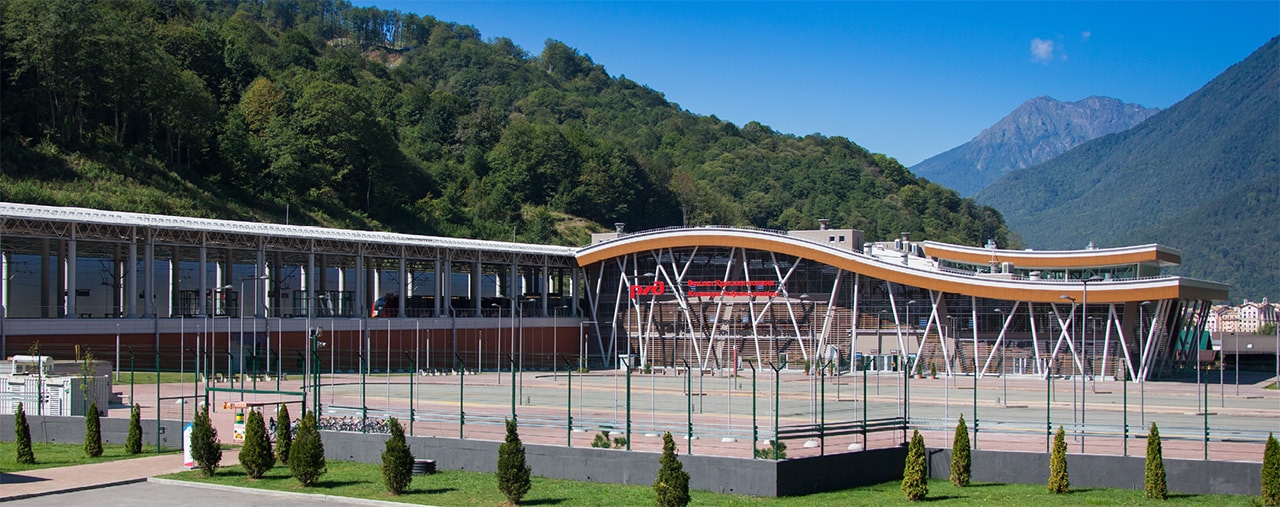Climate change risks
The Company pays special attention to climate change risks, analysing the climate change impact and taking it into account when planning its activities.

The key potential threat to the Company’s business is the growing number of meteorological hazards that jeopardise railway operations, including heavy rains and snowfalls, very low and high temperatures, extreme temperature swings, glaze, rime and greater impact of dangerous hydrological phenomena, such as spring floods and freshets.
The Company assesses climate risks and develops response measures to mitigate them on an ongoing basis. Russian Railways is regularly exposed to the following anthropogenic and natural external risks:
- damage and accidents at sites supporting the Company’s operations;
- industrial accidents involving associated transport modes (primarily in sea port water areas and at highways);
- fires and natural disasters in the Company’s areas of operation;
- more frequent hydrometeorological hazards (frost, heat, snowfall, heavy rainfall);
- growing incidence of natural phenomena affecting the railway infrastructure (washaway, landslide, washout of slopes, rockfalls, etc.).
To mitigate these risks to infrastructure, the Company implements various reinforcement solutions (anti‑washout slab covers, rock dumping, rock anchorage) and structures for the protection of the track bed from natural hazards (such as mudflows, landslides, avalanches and rockfalls).
Russian Railways has in place a Methodology for Evaluating the Influence of External Factors on the Condition and Reliability of Engineering Structures to:
- monitor and forecast the occurrence of dangerous meteorological phenomena in terms of time and place;
- reconcile weather forecasts against critical levels of dangerous weather phenomena, mapping their locations and detailing the underlying reasons;
- evaluate the size of a drainage basin at specific locations;
- identify the probability of dangerous hydrological phenomena, assess associated risks, and evaluate the degree of railway infrastructure inundation.
To enable timely response to emergencies, the Company has developed and implemented the Geoportal service to monitor hydrometeorological and hydrological data across its railway network. Hydrometeorological data is automatically fed into the Geoportal from the server of the Federal Service for Hydrometeorology and Environmental Monitoring (Roshydromet) (daily precipitation, air temperature, wind speed and direction, snow depth, snow water equivalent, snow density, ice phenomena (ice thickness, snow depth on ice)). Hydrological data comes from Roshydromet and Russian Railways water gauging stations.
The service enables the Company to identify smaller man‑made structures that are at risk of flooding due to forecast rainfall. The input data powering this functionality includes weather forecasts received from Roshydromet, as well as hydraulic capacity computations and drainage basin parameter analyses (drainage area, main channel slope, forest percentage, wetland extent) performed by bridge inspection teams.